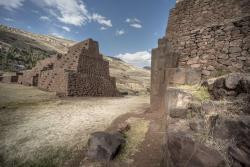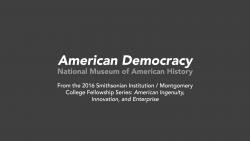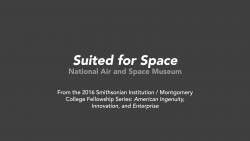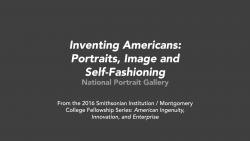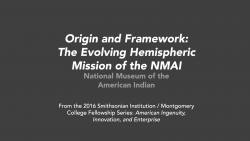Tess Porter
I'm the former User Experience Strategist at the Smithsonian Office of Educational Technology. Here, I focused on the use of digital museum resources to support teaching and learning. My work draws on my experience as a museum educator, digital analyst, usability researcher, and content designer. I hold a B.A. in Anthropology and a B.A. in Art History from University Colorado Boulder, and an M.S. in Museums and Digital Culture with an Advanced Certificate in User Experience from Pratt Institute.
Tess Porter's collections
William Faulkner: Examining Portraiture
 Tess Porter
Tess Porter
Richard Wright: Examining Portraiture
 Tess Porter
Tess Porter
Walt Whitman: Examining Portraiture
 Tess Porter
Tess Porter
Reading Companion: Robots
 Tess Porter
Tess Porter
Civil Rights Sculpture: Claim Support Question
 Tess Porter
Tess Porter
Ancient Egyptian Stelae: See Think Wonder
 Tess Porter
Tess Porter
Bracero Program: Unveiling Stories
 Tess Porter
Tess Porter
The Bikini Atoll and Operation Crossroads: Unveiling Stories
 Tess Porter
Tess Porter
Photographs of the Great Depression: Unveiling Stories
 Tess Porter
Tess Porter
Inka Architecture: Teaching Resources
 Tess Porter
Tess Porter
Investigating: Civil War Portraits
 Tess Porter
Tess Porter
American Ingenuity, Innovation, and Enterprise: National Museum of American History Seminar Resources
 Tess Porter
Tess Porter

